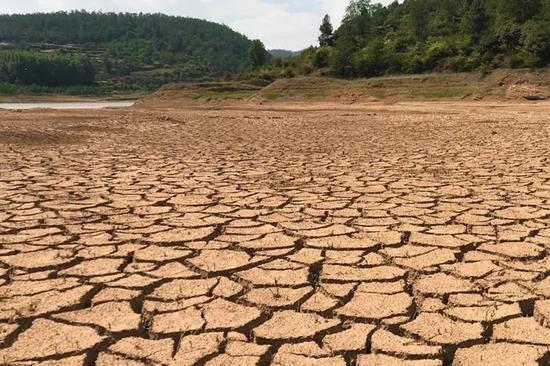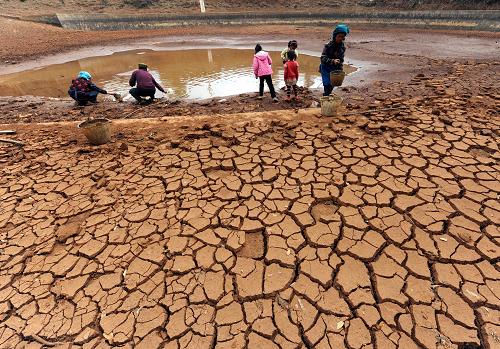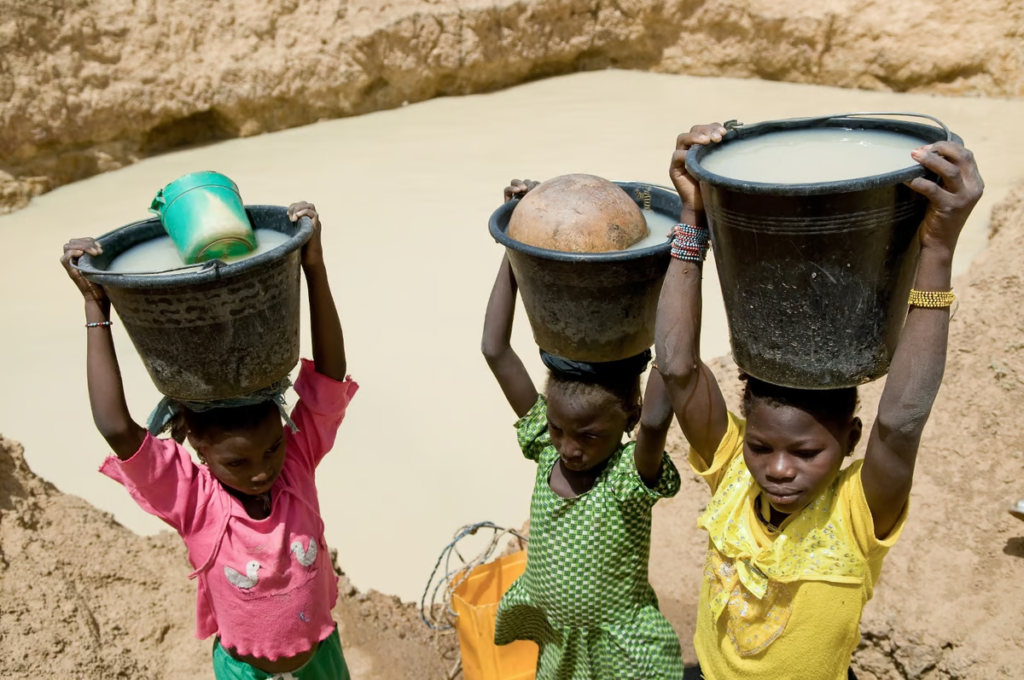In 2021, more than 2 billion people will live in water-stressed countries, and this situation is expected to intensify in some regions due to climate change and population growth. In 2022, at least 1.7 billion people around the world will use drinking water sources contaminated by feces. Microbial contamination of drinking water caused by fecal contamination poses the greatest threat to the safety of drinking water. While the most important chemical risks in drinking water come from arsenic, fluoride or nitrates, emerging contaminants such as pharmaceuticals, pesticides, per- and polyfluoroalkyl substances (PFASs) and microplastics are also of public concern . A safe and adequate water supply promotes personal hygiene, which is a key measure to prevent not only diarrheal diseases, but also acute respiratory infections and many neglected tropical diseases. Drinking water contaminated by microorganisms can spread diseases such as diarrhoea, cholera, dysentery, typhoid and polio, resulting in an estimated 505,000 diarrheal deaths each year. In 2022, 73% of the world’s population (6 billion people) will use safely managed drinking water services, that is, pollution-free drinking water supply services will be available on-site when needed.

Whether for drinking, domestic use, food production or recreational use, safe and readily available water is important to public health. Improved water supply and sanitation, as well as better management of water resources, can boost a country’s economic growth and go a long way toward reducing poverty.
In 2010, the United Nations General Assembly clearly recognized that access to water and sanitation is a human right. Everyone has the right to adequate, continuous, safe, acceptable, accessible and affordable water for personal and domestic use.
Target 6.1 of the Sustainable Development Goals calls for universal and equitable access to safe and affordable drinking water. This target is tracked through the indicator “Safely managed drinking water services” – drinking water from improved sources that is available on site when needed and is free from faecal and priority chemical contamination.
By 2022, 6 billion people will have access to safely managed drinking water services, providing on-site access to improved, non-polluted water sources when needed. In 2022, 2.2 billion people will lack access to safely managed drinking water services, including:
1、1.5 billion people have basic access to a good source of drinking water within a 30-minute round trip;
2、292 million people have limited access to services or improved water sources located beyond a 30-minute round trip;
3、296 million people obtain water from unprotected wells and springs;
4、115 million people use untreated surface water from lakes, ponds, rivers and streams.
Significant geographical, socio-cultural and economic inequalities persist, not only between rural and urban areas, but also in low-income, informal or illegal settlements in cities and towns, where residents often have less access to improved housing than other residents Drinking water source.

If the world hopes to achieve universal coverage of basic drinking water services by 2030, it will need to double the historical rate of progress. And if we want to popularize services with security management, the speed of progress needs to be increased by five times. Climate change, increasing water scarcity, population growth, demographic changes, and urbanization have created challenges for water systems. More than 2 billion people currently live in water-stressed countries, and the situation is expected to intensify in some regions due to climate change and population growth. Reusing wastewater to recover water, nutrients or energy is becoming an important strategy.

